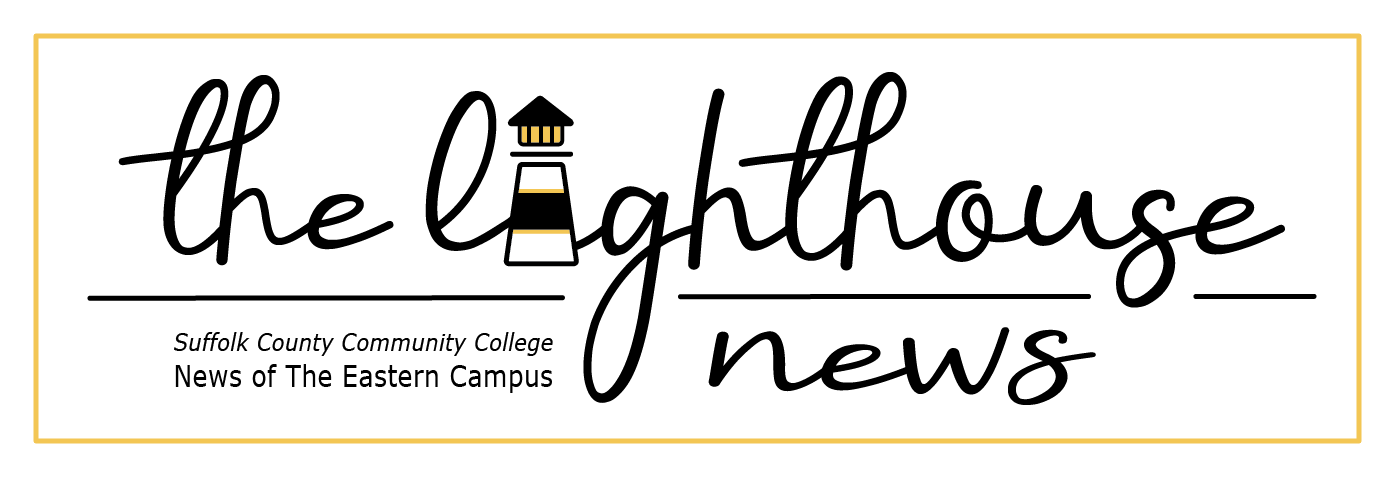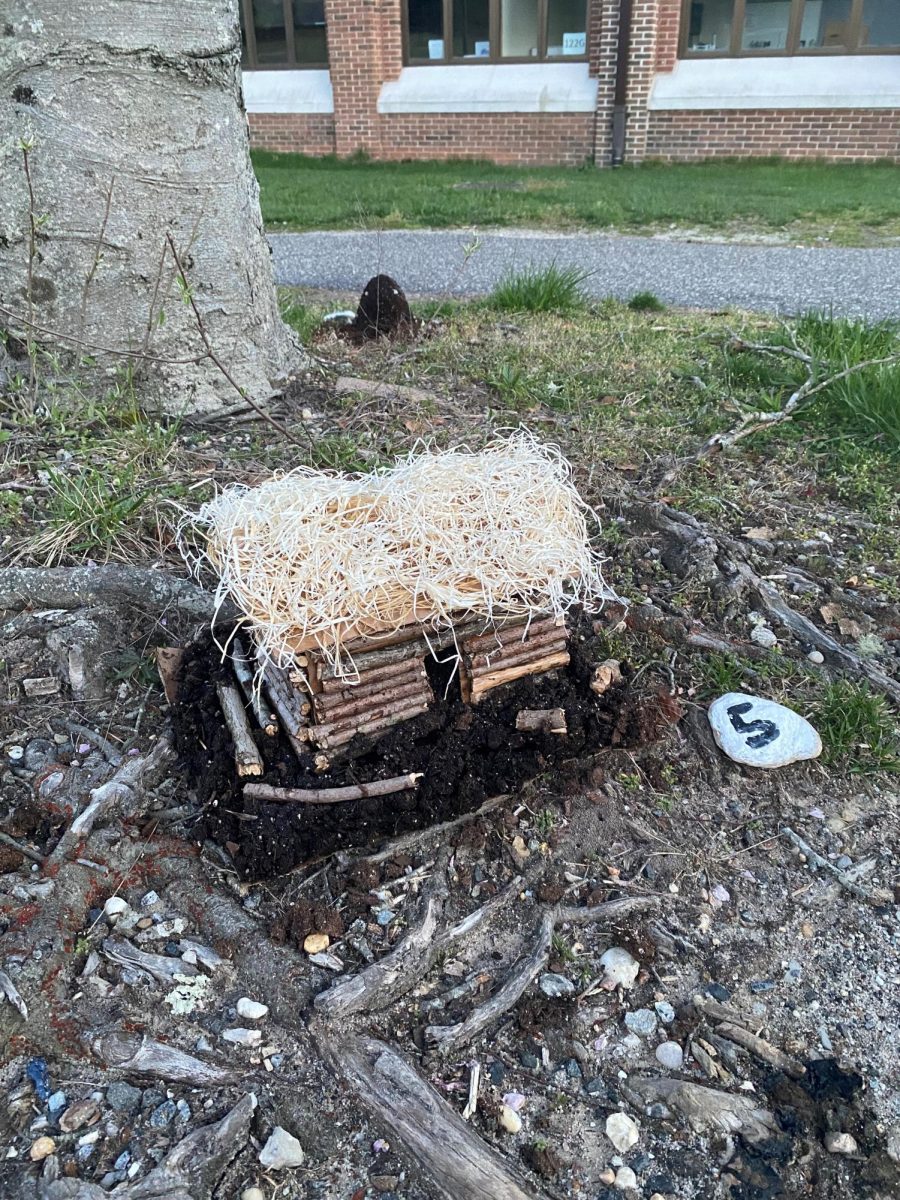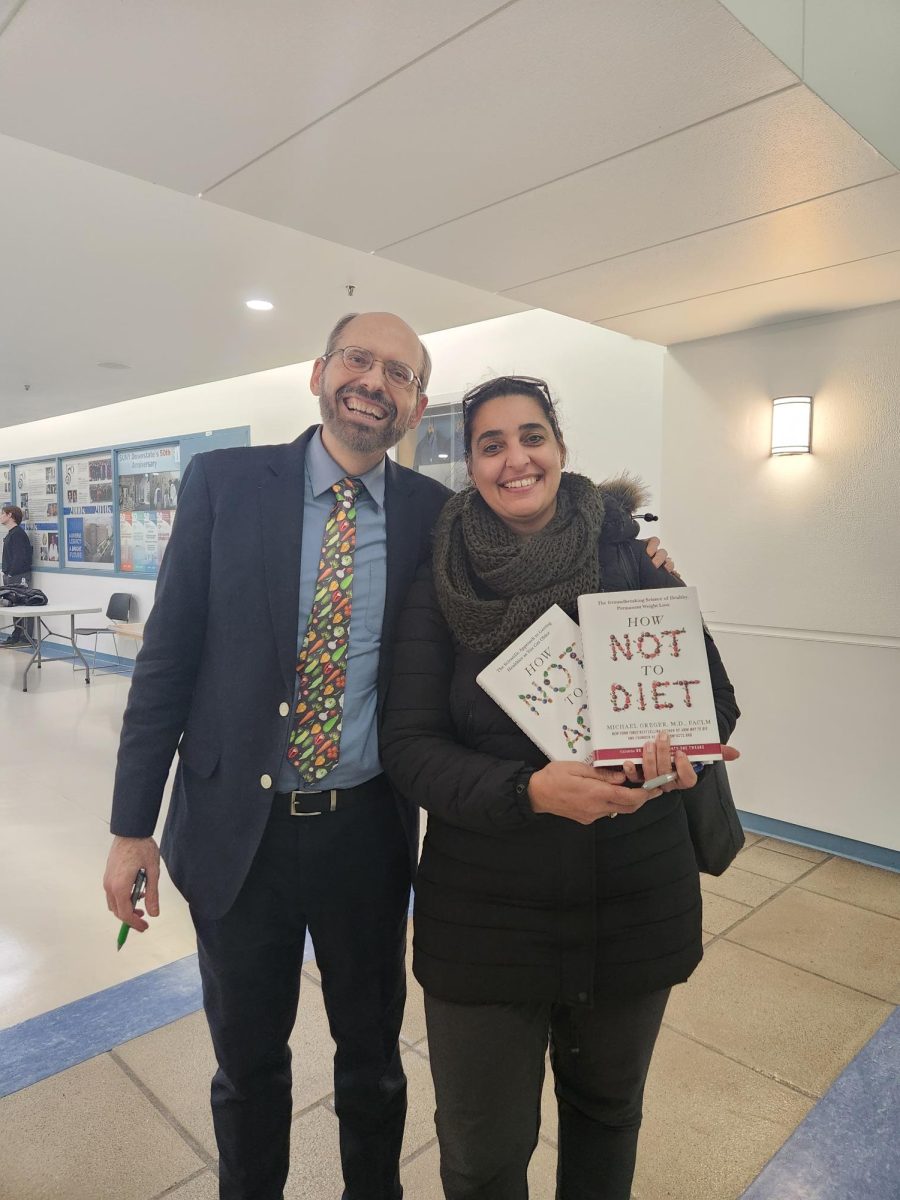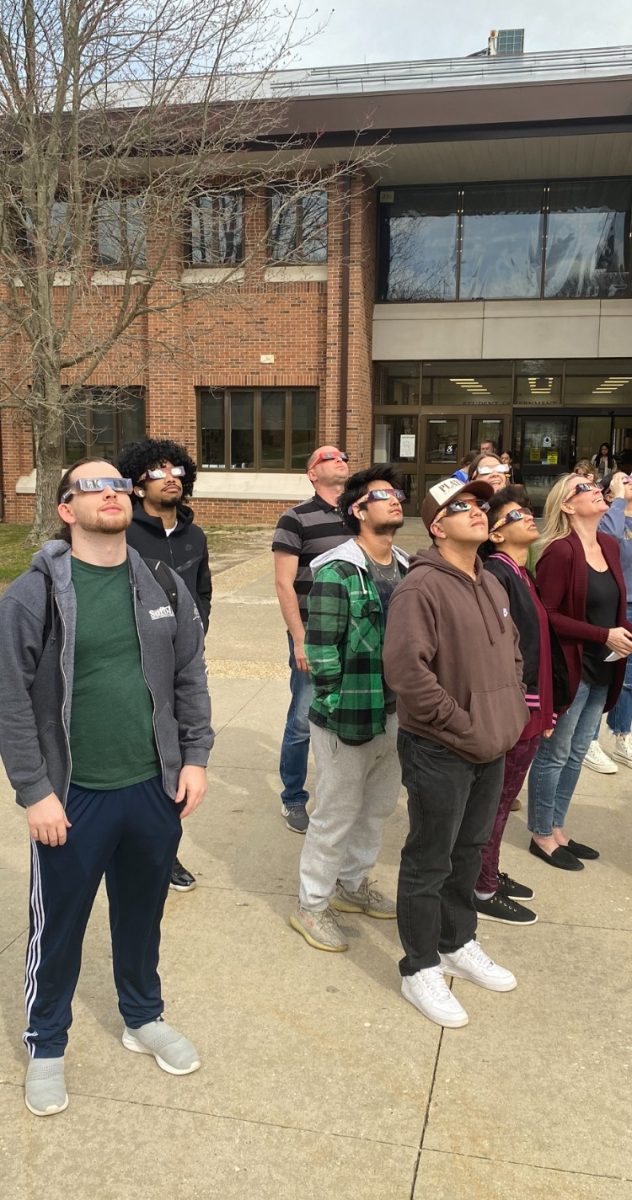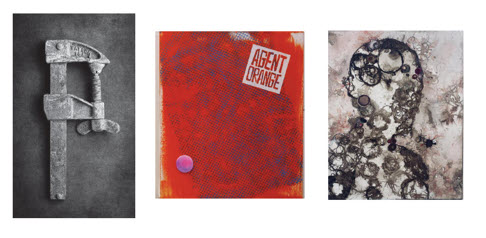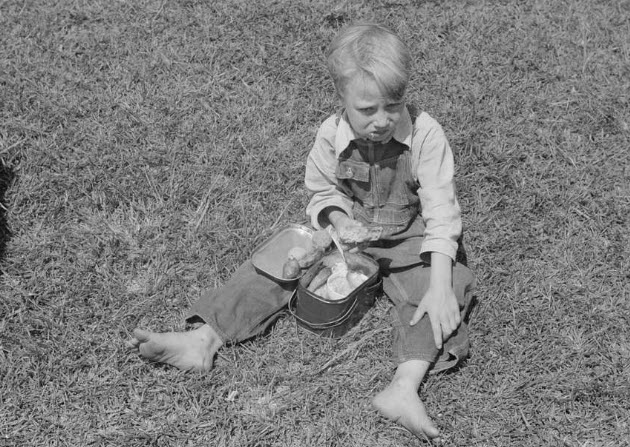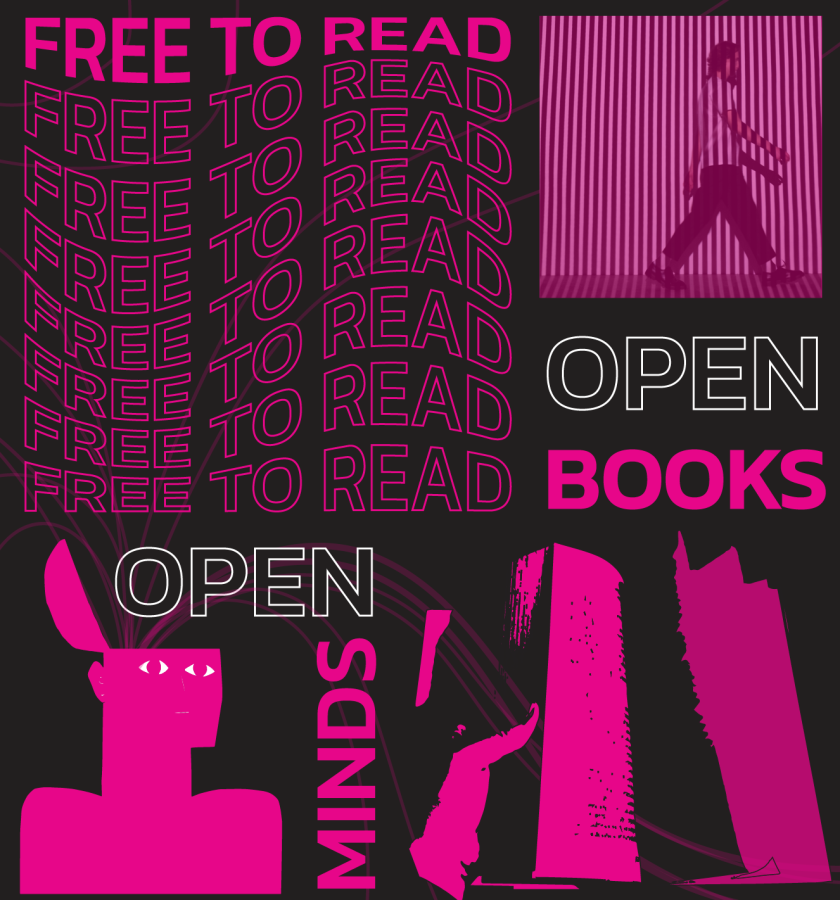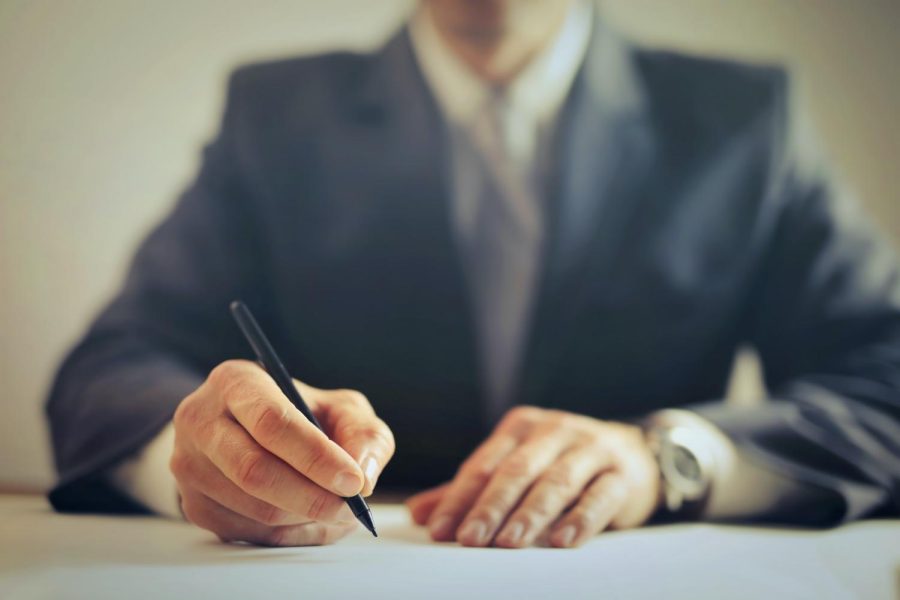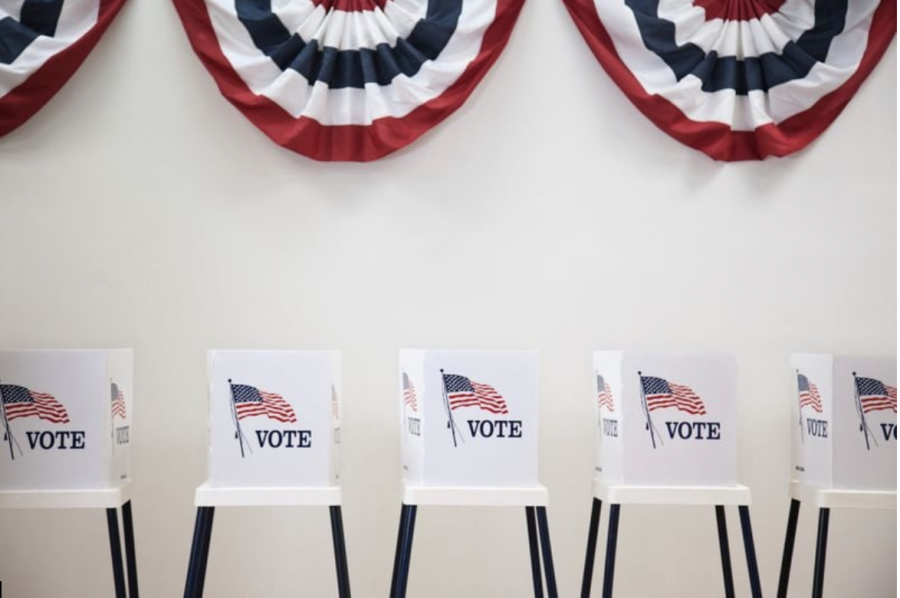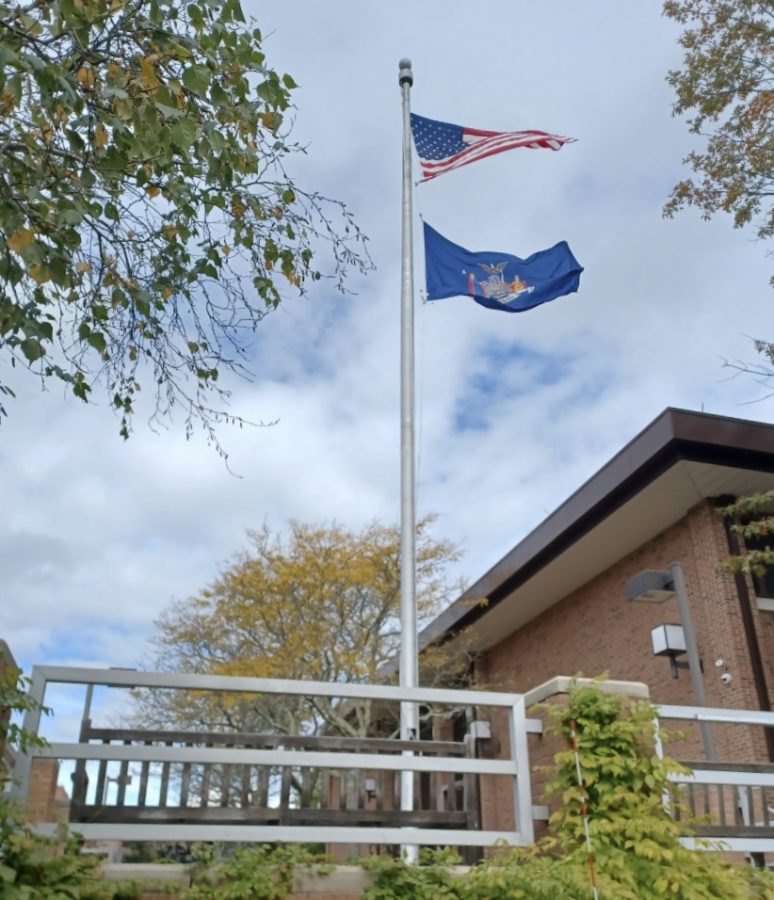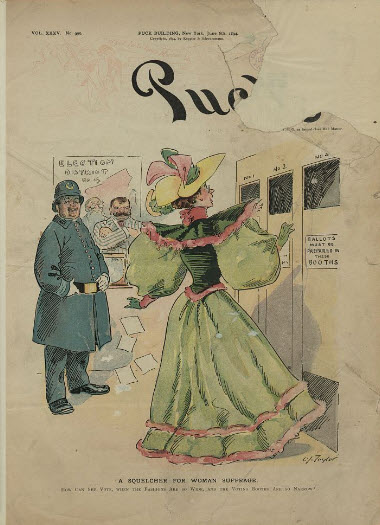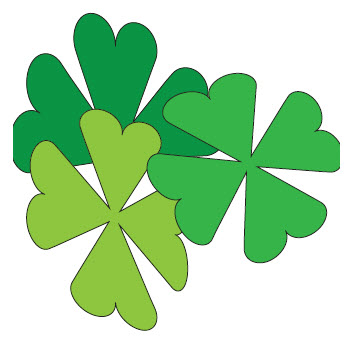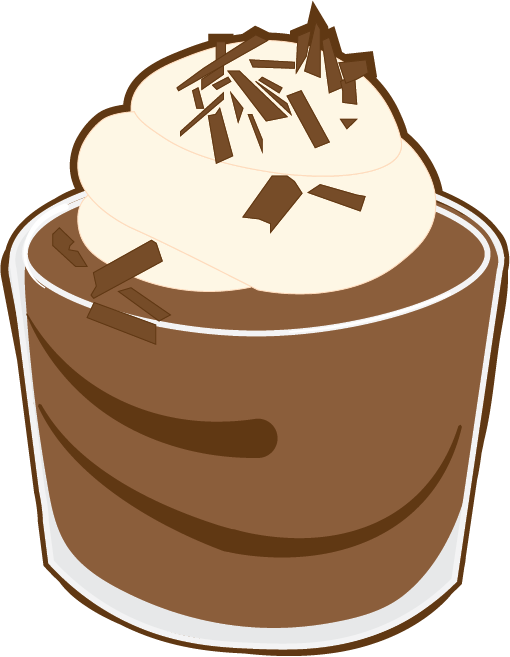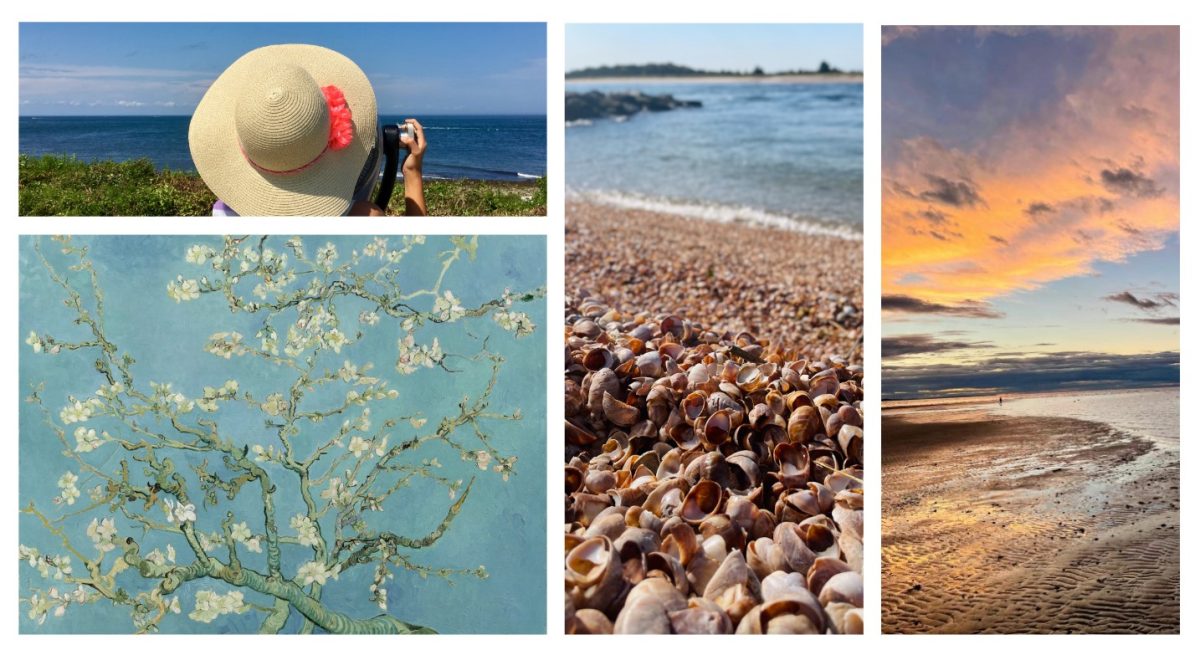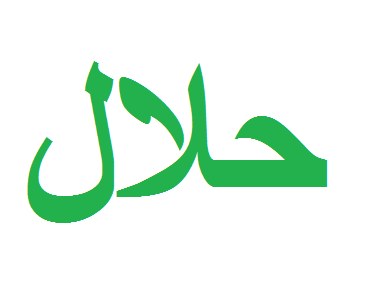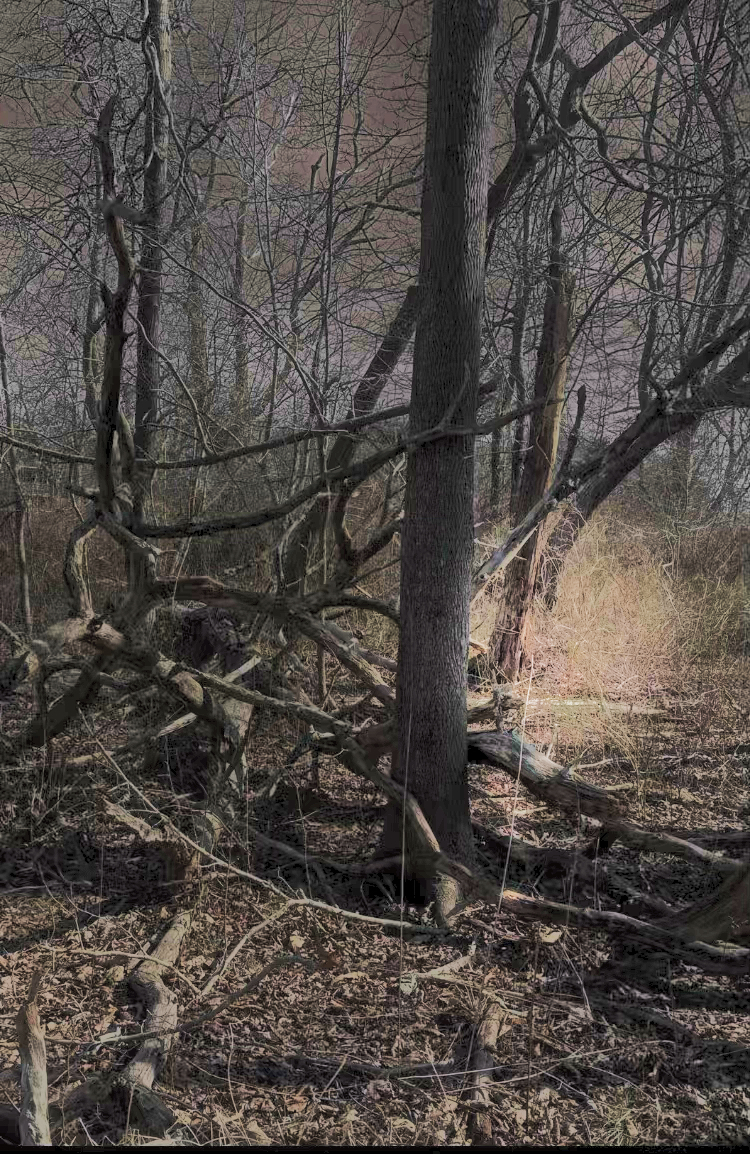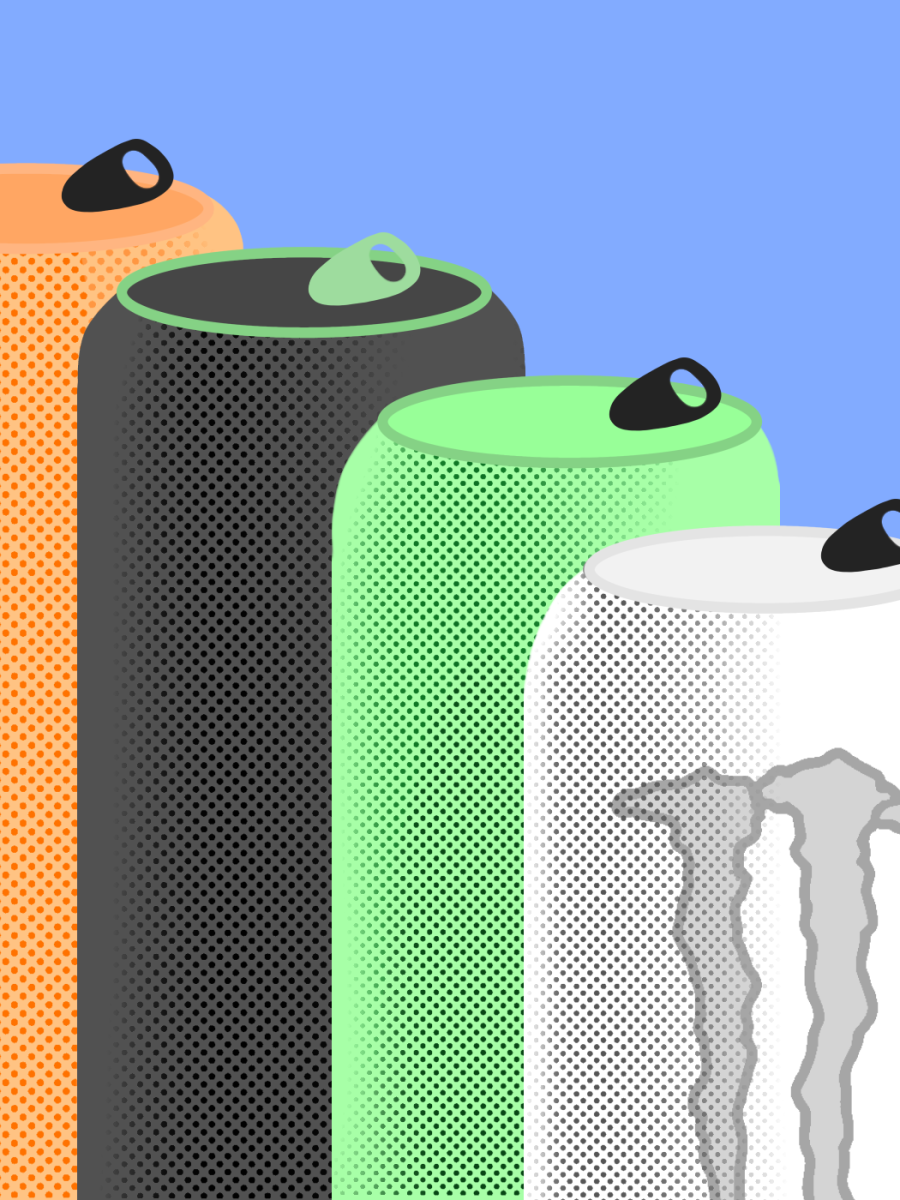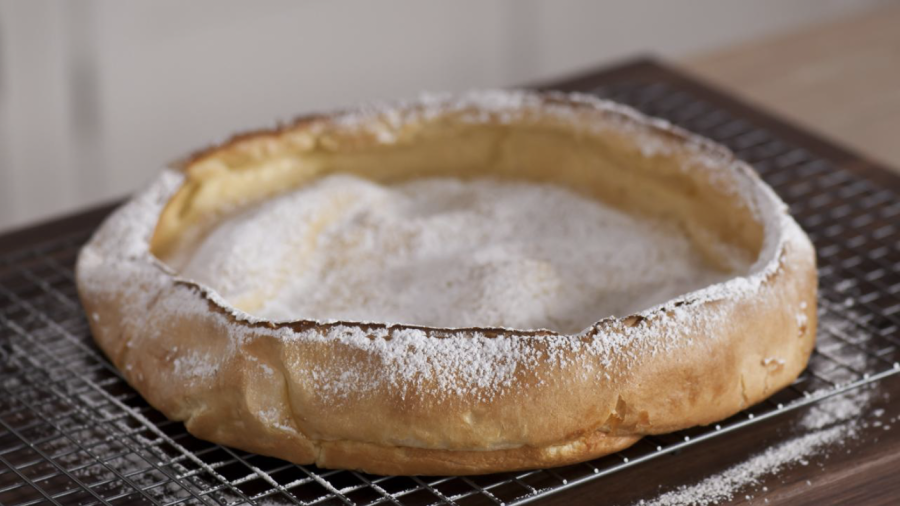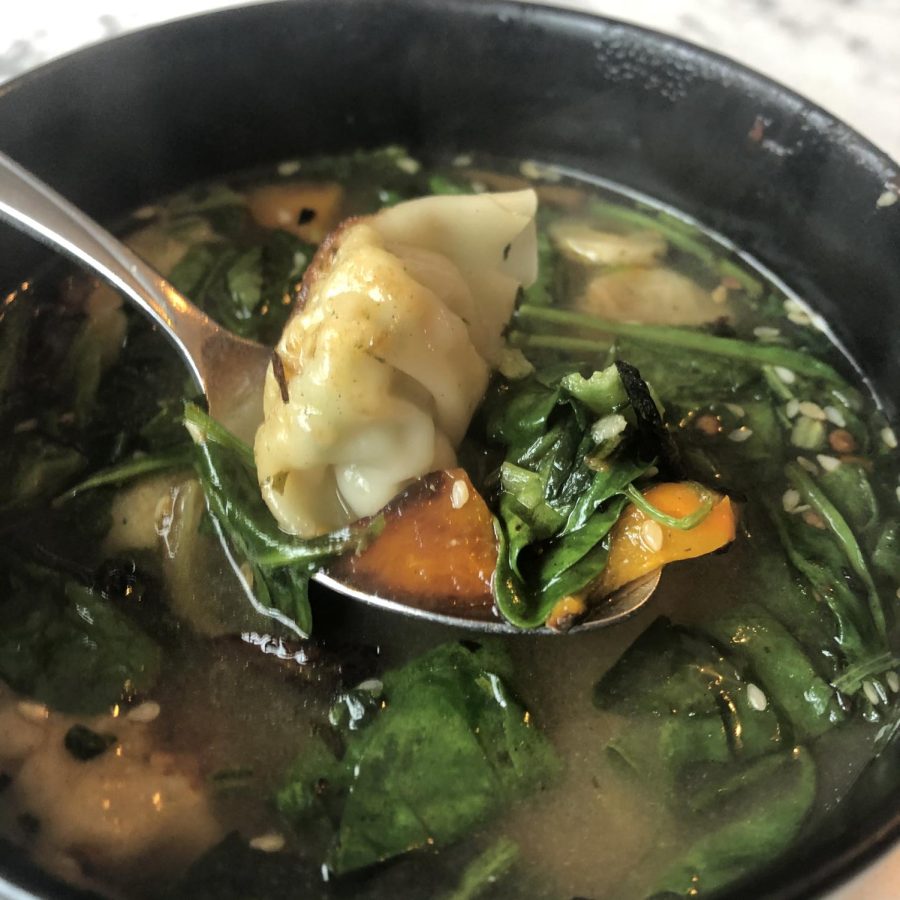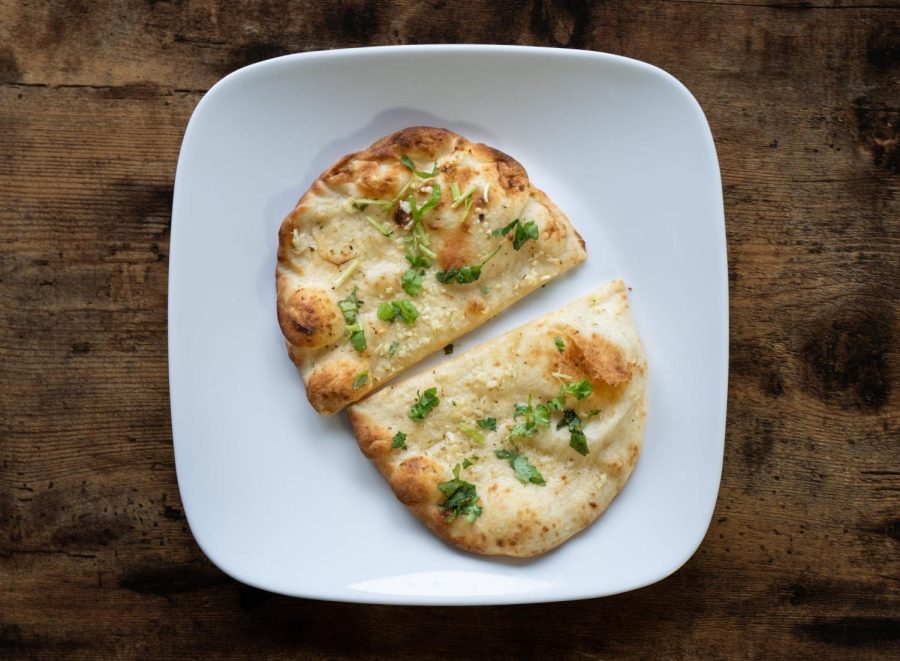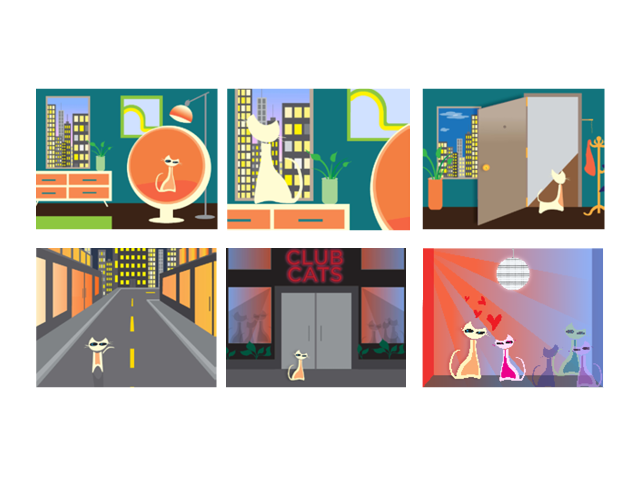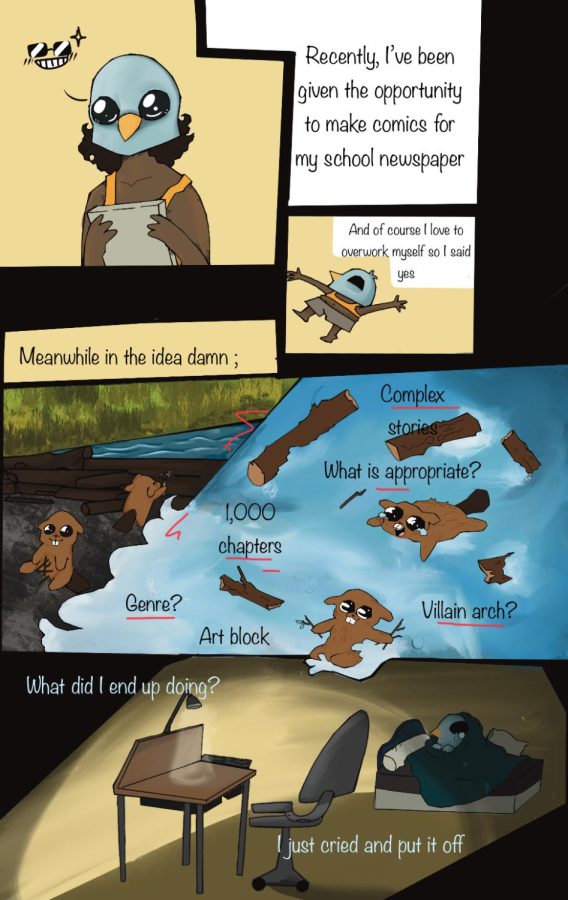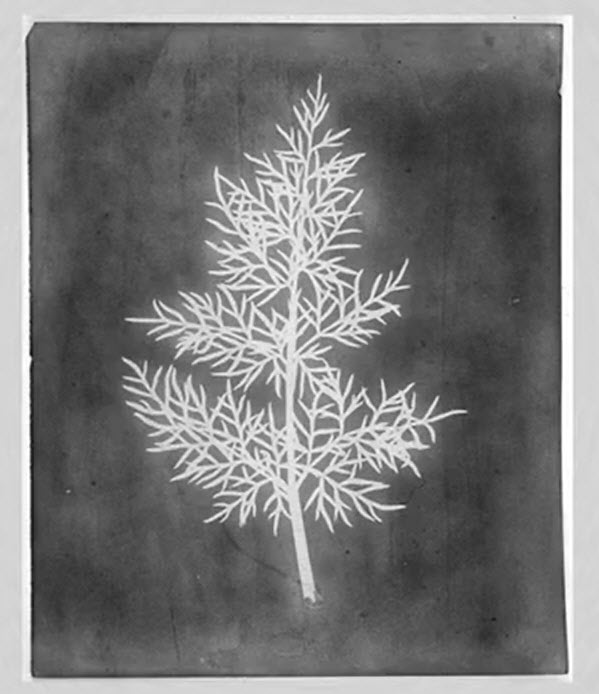Professor Recreates Historic Photography Experiment
December 20, 2021
This semester adjunct professor of photography, John Stefanik, recreated English artist and inventor William Henry Fox Talbot’s (1800-1877) photogenic drawing experiment with the help of Professional Assistant Janet Tierney in the chemistry department.
This early experiment in the development of photography was Talbot’s attempt to record natural scenes on a surface prior to the invention of the camera, utilizing only chemicals, paper, and light.
“I came upon Talbot’s process of creating photogenic drawings in a photography book I had been using to prep for my History of Photography course,” said Professor Stefanik. “I realized that with simple equipment available in the biology lab, I could recreate this experiment.”
Photogenic drawings are created by soaking paper in a salt solution, applying silver nitrate to one side of the dried paper, placing an object such as a leaf on the paper, and placing in the sun for fifteen minutes to allow light to produce an image. This is known as the negative-to-positive process and is the basis of early photography.
Watch this video to see Stefanik’s process in action.
